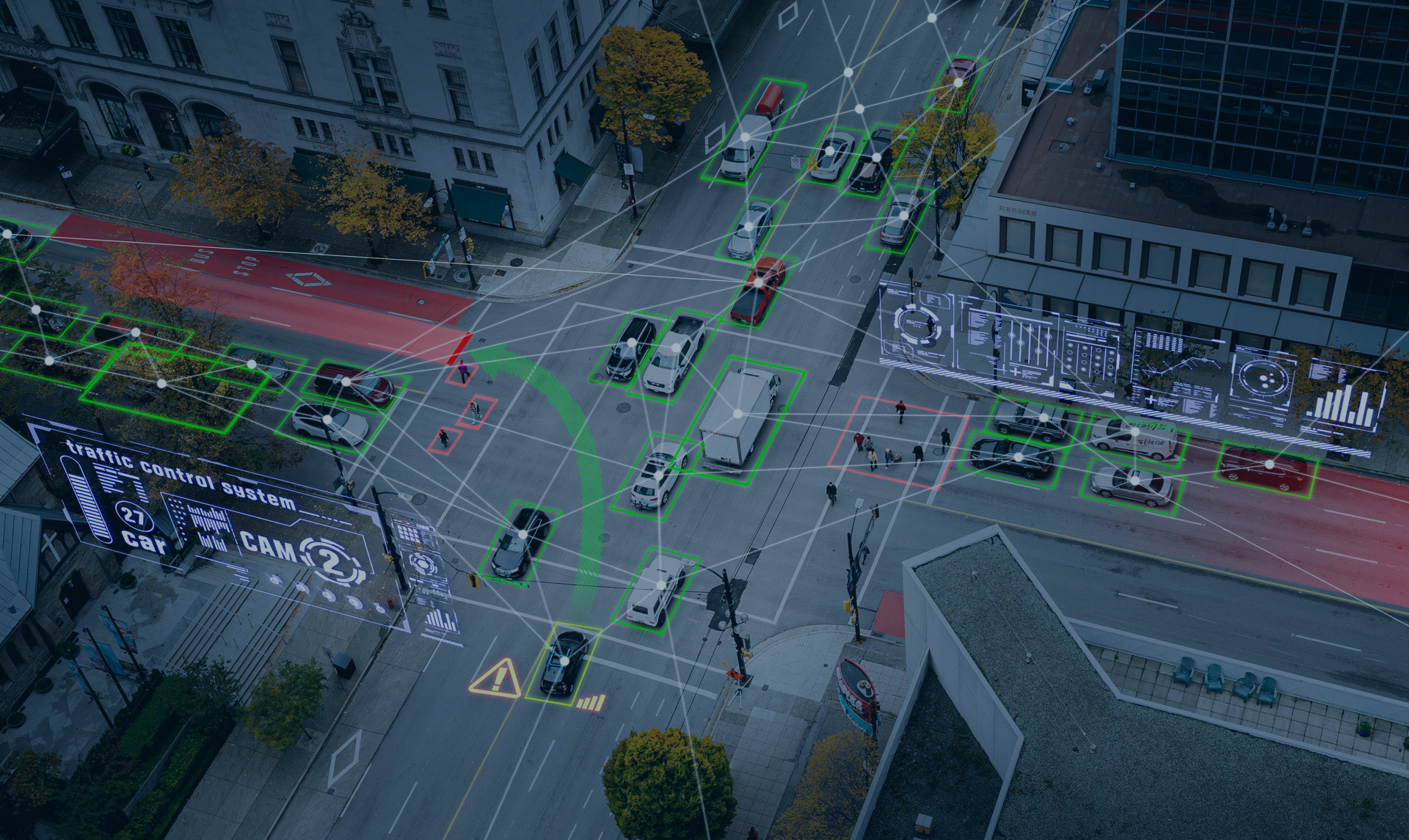
This adaptability ensures that infrastructure remains effective in the long term and can evolve alongside emerging technological advancements. Hamid went on to further emphasise the groups of clients that will benefit from this technology. The first category includes government bodies and councils, who can leverage real-time data from connected vehicles to make informed transport planning and traffic management decisions. This online, real-time information enables them to program and adjust traffic flows dynamically, ensuring efficient urban mobility. The second group consists of businesses and companies with fleet management systems. These organisations can use the real-time traffic data to optimise trip planning, reduce travel time, and enhance operational efficiency. Finally, individual drivers stand to benefit by receiving up-to-date traffic information for navigation, allowing them to choose routes with less congestion and shorter travel times.
The future with ITS: Comprehensive support for infrastructure toward Smart Mobility
The development of CV-based ITS infrastructure, including advancements in software, hardware, and high-bandwidth communication methods, is essential for the future. This revolutionary approach to transport management enhances safety, improves efficiency, and integrates seamlessly with broader smart city initiatives. It will bring substantial benefits to cities and communities by fostering more resilient, adaptable urban environments, supporting regenerative futures.
As part of SMEC’s Roads and Highways sector, our ITS and Smart Infrastructure services offer a comprehensive approach—from design and construction to operation and maintenance. Our technical specialists leverage advanced technologies to deliver cost-effective, practical solutions that meet the ever-evolving demands of modern infrastructure, reinforcing SMEC’s position as a leader in global transport innovation.
Citation:
- Top 10 Connected Vehicle Trends & Innovations in 2024: https://www.startus-insights.com/innovators-guide/connected-vehicle-trends/ (site visited May 2024)
- World Bank. (2023, April 3). Urban development. World Bank. https://www.worldbank.org/en/topic/urbandevelopment/overview#:~:text=Today%2C%20some%2056%25%20of%20the,people%20will%20live%20in%20cities.








